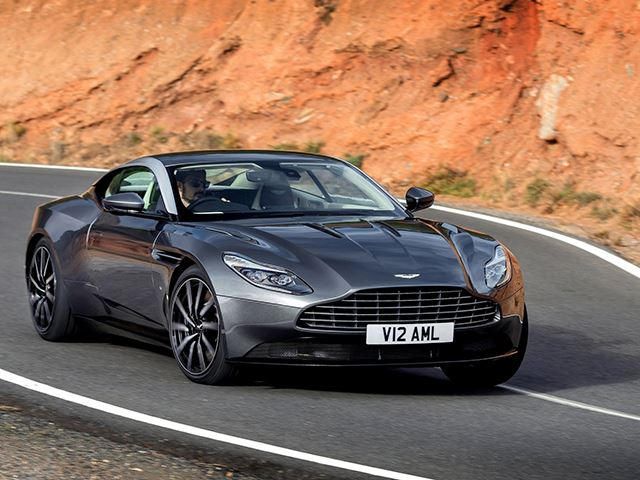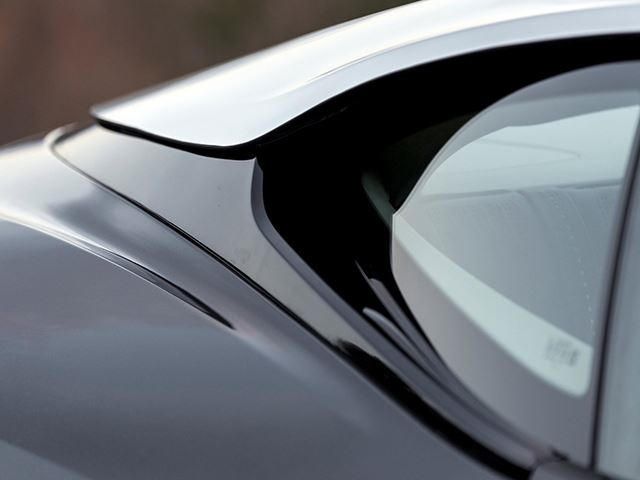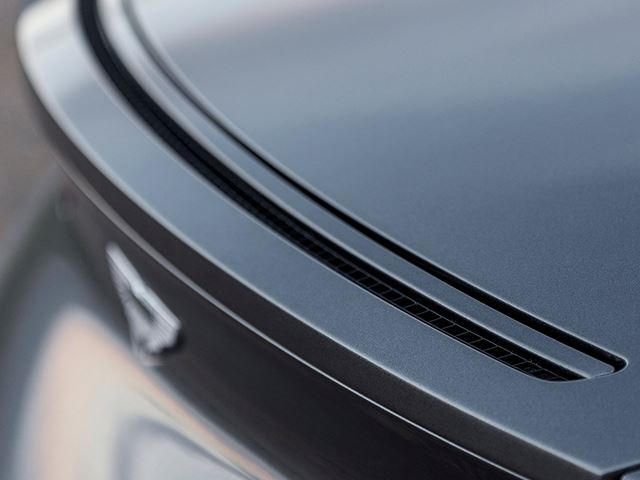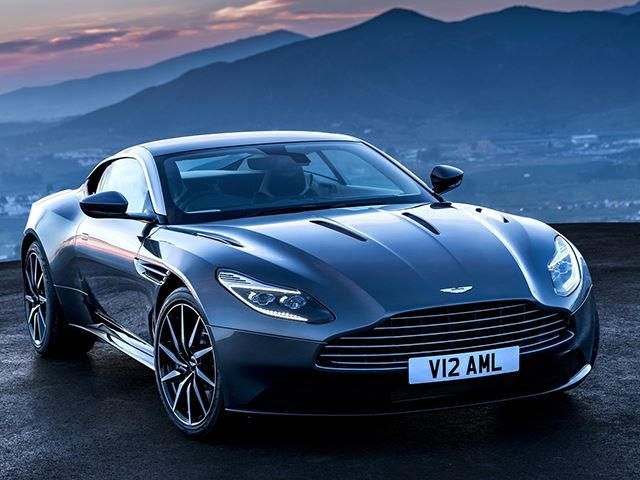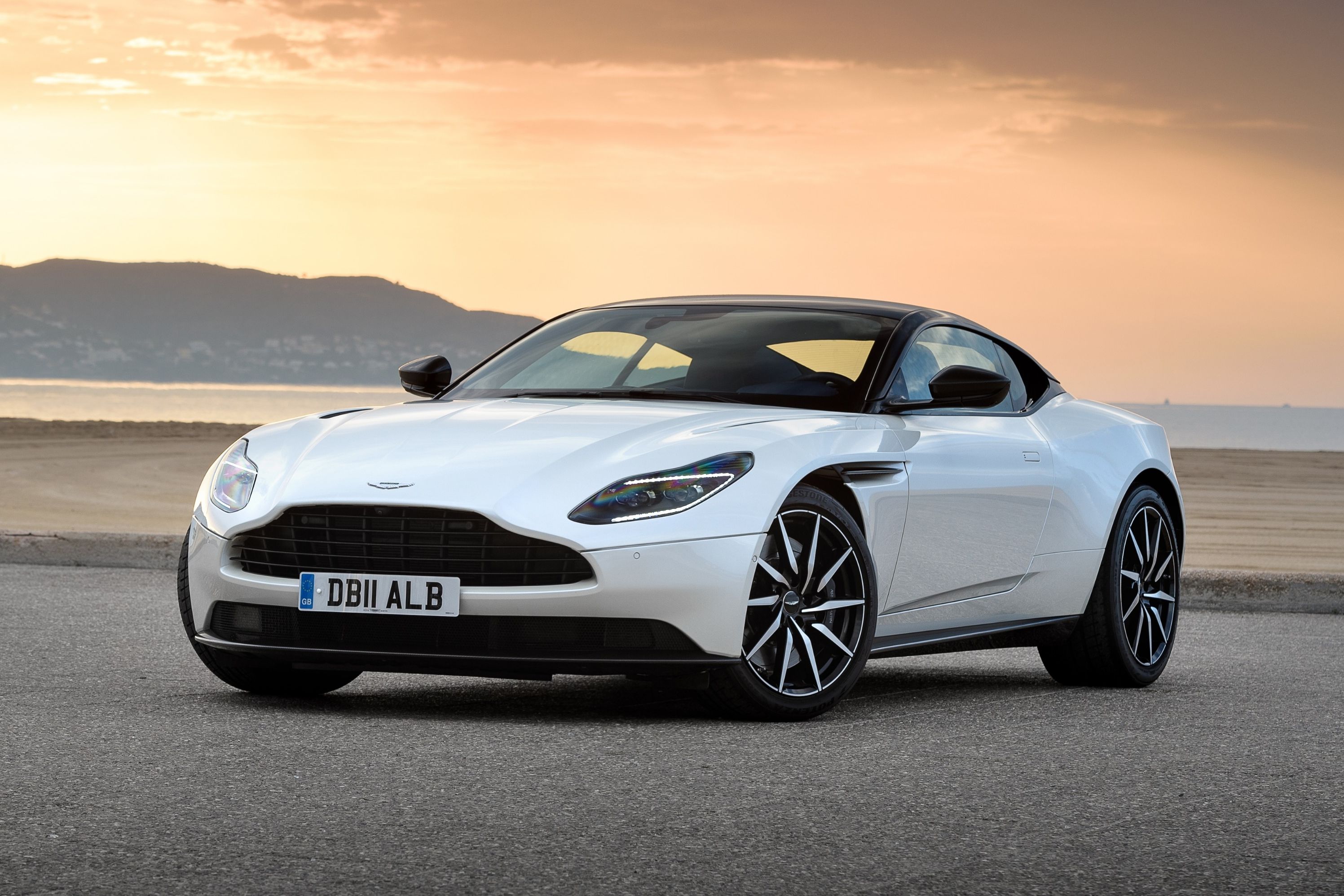
As the evolution of the automobile continues forwards with new designs, technology, and segment offerings, the harsh competition usually leaves car companies that have fallen behind with a huge mountain to climb. Not only do wounded automakers have to find a way to give sales figures a growth spurt, but each one also needs to keep the R&D money flowing to keep up with the competition. One company that has gotten away with this natural order of things is Aston Martin.
Up until this year, the British company has gotten away with selling the same version of its best-selling DB9 for 12 years without updating it much. So the DB11 was drafted to serve as the leader in Aston Martin's newest charge to reinvent itself. In this era where technology is used to expand a car's capabilities, it was no longer enough to make a car that's just a sports car or a grand tourer. Modern vehicles have to do it all, and the DB11 doesn't disappoint in this area. The first area they worked on was one of the most important: the exterior. Aston Martin followed the old maxim, "if it aint broke don't fix it." The DB9's design won awards for its sleek styling and use of the Golden Ratio, the magical ratio of proportions that makes things beautiful to the eye.
Like on the Pagani Huayra, the designers didn't want to use a rear wing to spoil the lines of the car and put their efforts to waste, so they developed a few neat aerodynamic tricks to keep the car stable through the air and easy on the eyes. Vents hidden in the side strake remove high air pressure from the wheel arches and channel it to the rear where it is used to smoothen the airflow over the windshield. The aerodynamics behind these strakes are even more innovative because Aston Martin patented a rear "AeroBlade" system that has never been put on a car before. Air comes in through vents near the rear window and gets accelerated through narrowing tubes within the car. Then the air is vented through the rear, creating a virtual spoiler.
When additional downforce is needed, a gurney flap comes up at speeds over 100 mph to push the rear down with minimal drag. The system helps the DB11 become a better all-round car like its modern competitors by bettering its role as a sports car and a grand tourer. Speaking of high speeds, Aston Martin spent a decent chunk of time redesigning its signature V12 to meet modern standards. Unlike engines that will make their homes in newer Aston Martins, this engine was built without the help of AMG. Not only will it be smaller (5.2-liters vs the old 6.0-liter) but it will be more powerful thanks to a pair of turbochargers. This new engine will rest under a clamshell hood and should have 600 bhp and 516 lb-ft of torque from 1,500-5,000 RPM.
The power will make its way to the rear wheels through a carbon fiber prop shaft mated to an 8-speed automatic transmission that will take a seat near the rear of the car to balance weight distribution. A limited-slip differential will help the car make use of the power to drift and go around corners more effectively. In the midst of all this drama, the driver resides under a floating roof and will be surrounded by a modern looking interior that removes the ancient feel of the DB9 cabin. For a company that was on the verge of bankruptcy and had a scarily outdated product lineup, Aston Martin shows a serious promise of catching up and also building one of the most desirable cars out there.

